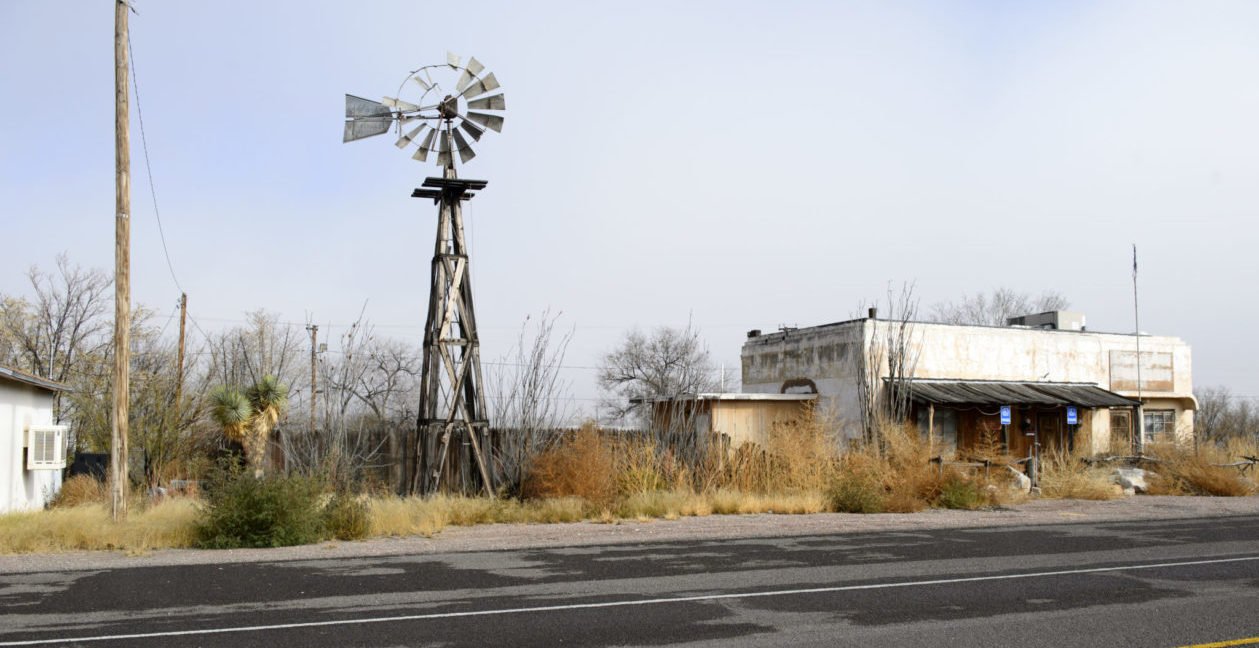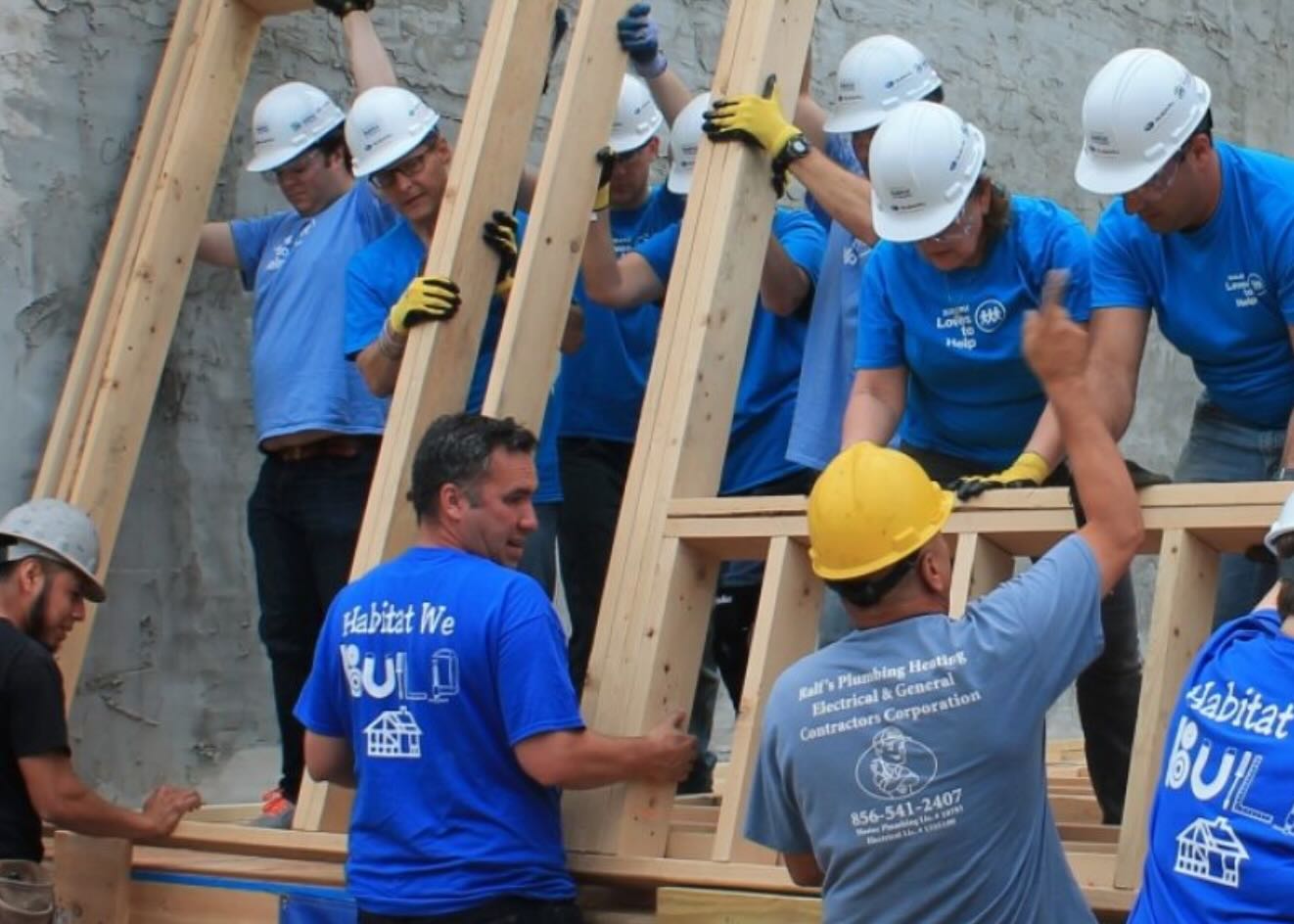Judging by his ecstatic Twitter reaction to Boris Johnson’s “great WIN!”, President Trump felt pretty good about the landslide victory of the British PM, if only because it would appear to bode well for his own chances at reelection. And it’s true that Trump 2016 and Johnson 2019 had some things in common—big personalities, flawed opponents, simple political theses. (Anti-immigrant and anti-globalism, essentially.) They won by breaking down what the Washington Post called the “blue wall” in the U.S.—Midwestern states that had voted Democratic in presidential elections since 1992—and the “red wall,” industrial towns in England’s north and center that Labour had held since the Great Depression.
But in the United States at least, that analysis isn’t quite right. In this country, the difference between red and blue isn’t so much a question of state versus state or economic class versus economic class, but of thriving urban America versus stagnant or declining rural America. Across the United States, Trump trounced Hillary Clinton in rural areas that have been in economic decline for decades. His proposition, essentially, was this: What have you got to lose? Never mind that the messenger was a New York billionaire who’d never before shown the slightest interest in rural life; with his attacks on immigrants and promises to renew dying industries such as coal, Trump managed to present himself as more of a political outsider who would shake up Washington. His opponent, who based her headquarters in Brooklyn, aimed to unite the country—her slogan was “Stronger Together”—but lacked the ability to do it. (Her description of Trump supporters as a “basket of deplorables” didn’t help.) Trump knew he wouldn’t attract urban voters; he won by playing upon rural voters’ powerful sense of being left behind and being left out of a national economy that has, in fact, been leaving them behind.

Hillary Clinton did, however, win the votes of city dwellers—by overwhelming margins. In Los Angeles County, 71 percent of voters supported her. She won Harris County, Texas (i.e., Houston) by 12 percent; President Obama won Harris County in 2012 by less than half a point. In Austin, Texas; Chicago; Oakland, Calif.; Portland, Ore.; and Seattle, Trump received record low votes for a Republican presidential candidate. In New York City, Trump won just 10 percent of the vote; in Washington, D.C., just 4. Those numbers are unprecedented and astonishing; it’s hard to lose 96 percent of the vote. Trump won the election only because he managed to win some support from suburban voters and because of the quirks of the electoral college.
Much of the national conversation about our economy focuses on the gap between the middle class and the 1 percent. While that’s a real issue, it’s not the primary cause of voter resentment. People may resent the super-rich, but what really worries them is whether they feel economically secure. And for rural voters, the question isn’t just, as Ronald Reagan put it, “Are you better off than you were four years ago?” It’s, “Are you better off than you were a generation ago?”
Because the pattern of declining economic fortunes for rural America and steady growth for U.S. cities has been developing for decades. Writing on Business Insider, investment strategist George Pearkes pointed out that in 2017 real median income for people living outside metropolitan statistical areas was just 74 percent of those living inside MSAs. Poverty in rural areas was about 15 percent, versus 12 percent for people within MSAs. Those are profound differences. In the New York Times, Harvard economist Eduardo Porter added that rural America is older than urban America, it is less productive (as defined by output per worker), its families have lower incomes and its share of the population is getting smaller. “These days,” Porter concluded, “economic growth bypasses rural economies.” Young people want to live in cities, startups want to be in cities and economic clusters in cities (medical centers, tech scenes, sports hubs, universities) snowball, leading to even more growth. (Porter calls this trend “agglomeration.”) When it comes to cities, the rich are getting richer—and they’re steadily pulling away from rural America.

How does this pattern play out in the 2020 election? It depends on two things: Trump’s ability to turn out the same rural voters who took a chance on him in 2016, and the ability of the Democratic nominee to convince rural voters that he or she understands their needs—and to articulate that “stronger together” idea more successfully than Hillary Clinton did. So far, rural voters seem to be standing by Trump; the most recent poll I’ve seen, from the firm Change Research, shows Trump winning 60 percent of the vote in “non-metro counties” in a number of battleground states, including Michigan, Ohio and Pennsylvania. He has an impressive 97 percent support from rural Republicans, and not surprisingly, his job approval rating with those voters is markedly better than it is overall.
So far, the Democratic conversation has focused far more on healthcare, taxes, racial justice, gender issues and Trump than it has on the priorities of rural America specifically. That probably isn’t enough to move the needle with rural voters who picked Trump. To get a better sense of where the Dems stand on rural issues, I surveyed the websites of the remaining candidates. Most do talk about the need to rebuild rural economies; Elizabeth Warren, for example, talks about “investing in rural America” by making sure it has broadband and access to healthcare. More pointedly, she argues against the consolidation of rural hospitals that is leaving many rural Americans without a hospital anywhere near them. Joe Biden, whose plans for rural America are by far the most detailed of all the candidates, talks about micro-loans for farmers, building green infrastructure, creating a White House “strikeforce” to help rural communities access federal funds and more. Pete Buttigieg is pretty thin on the subject, while Andrew Yang doesn’t get specific about rural America at all, although of course his advocacy of a $1,000-a-month universal basic income would have a meaningful impact for those Americans.
What’s missing, however, is a candidate on either side who speaks to the fact that this urban-rural divide is untenable and will only lead to the ongoing polarization of the country, that the fortunes of urban and rural America are connected and all Americans need to understand that connection. As Hillary Clinton learned, it’s a hard theme to articulate. But the candidate who can convince Americans that their fortunes are linked—that they are, first and foremost, Americans—will win the election in 2020.







